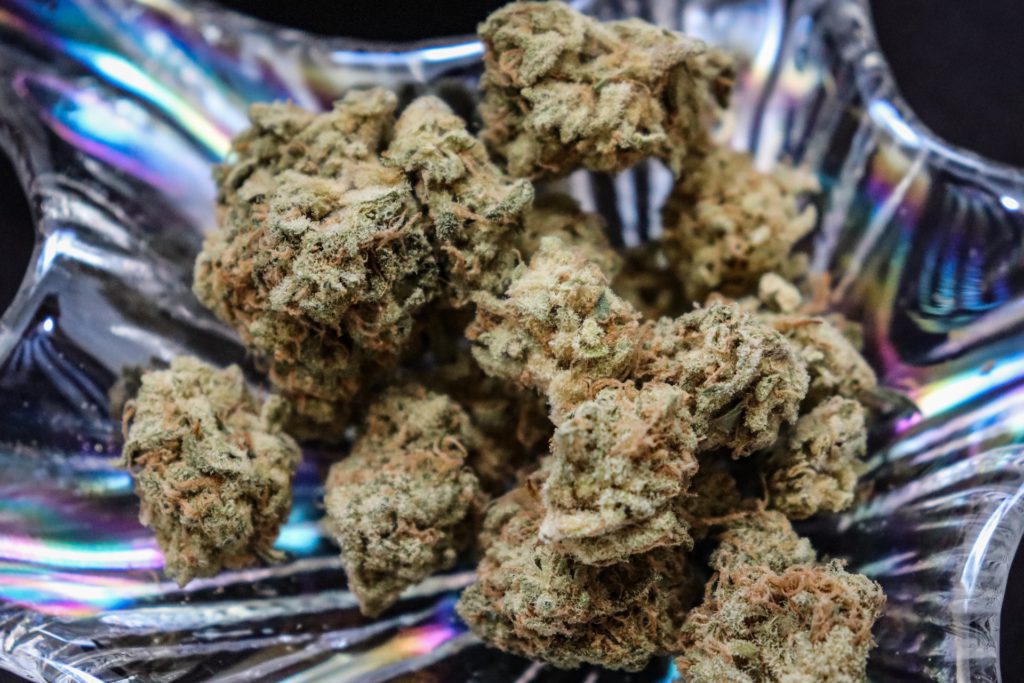Key Takeaways:
– Colonial mentality, a result of centuries of Spanish and American colonization, continues to influence the beliefs and experiences of Filipino Americans today.
– Colorism, rooted in the colonial mindset, perpetuates the preference for light skin and perpetuates internalized racism within the Filipino community.
– The loss of native language, such as Tagalog, among Filipino Americans is a consequence of the historical imposition of English as the official language during the colonial period.
– The cultural preference for white partners among Filipino Americans reflects a form of internalized racism and the societal message that marrying white equates to social elevation.
– Filipino Americans, despite being the second-largest Asian group in the United States, often face invisibility and underrepresentation in media and political spaces.
The Lingering Shadow of Colonialism
The impact of colonialism in the Philippines runs deep, leaving a lasting imprint on the cultural, social, and psychological fabric of the Filipino people. Even today, centuries after the Spanish and American colonizers first set foot on Philippine soil, the remnants of colonial mentality continue to shape the lives of Filipino Americans.
Colonial Mentality: A Legacy Passed Down
Colonial mentality refers to the deep-seated feelings of inferiority and the adoption of Western beliefs and values that many Filipinos developed during centuries of colonial rule. Spanning over 300 years under Spanish dominion and later American oversight, the Filipino people were constantly bombarded with the message that “White Rules.”
This colonial mindset has been passed down from generation to generation, infiltrating the Filipino subconscious and influencing the way Filipino Americans perceive themselves and others around them.
The Everyday Effects of Colonial Mentality
1. Colorism and Skin Color Obsession
A manifestation of colonial mentality is colorism, which is the preference for lighter skin tones over darker ones. In the Philippines, dark skin has historically been associated with poverty and outdoor labor, while light skin has been associated with beauty and privilege.
Colorism perpetuates the notion that light-skinned individuals are more desirable and reinforces internalized racism within the Filipino community. Skin whitening products and the portrayal of light-skinned individuals in the media further contribute to this mindset.
2. Loss of Native Language
The imposition of English as the official language during the colonial period had a lasting impact on the Filipino language landscape. English became a symbol of higher social status, and as a result, native languages, such as Tagalog, were neglected and marginalized.
Many Filipino Americans, despite growing up in households where Tagalog is spoken, have not been encouraged to learn the language. This disconnection from their native tongue can lead to a loss of cultural heritage, strained familial connections, and even psychological implications, such as lower self-esteem and higher rates of depression.
3. Preference for White Partners
An unfortunate consequence of colonial mentality is the preference for white partners among Filipino Americans. This preference stems from a historical phenomenon known as the “Filipina war bride” phenomenon, where Filipino women married white American soldiers during the US military occupation of the Philippines.
While individual choices in partners should be respected, the cultural preference for white partners reinforces internalized racism and the belief that marrying white equates to upward social mobility.
.









